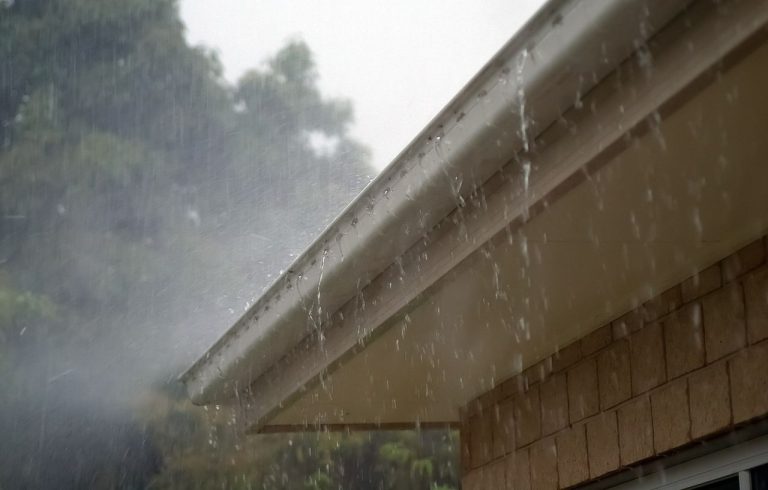Plymouth, with its frequent rainfall and maritime climate, presents unique challenges for homeowners. A common problem many residents face is roof leaks, which can quickly turn a minor issue into costly structural damage. Understanding the causes of roof leaks and how to address them is essential for maintaining a safe, dry, and comfortable home. Professional Leak Detection Plymouth services can be invaluable in identifying hidden problems before they escalate.
1. The Impact of Plymouth’s Rainy Climate
Plymouth is no stranger to heavy rainfall and gusty winds. Prolonged exposure to moisture weakens roofing materials over time, especially those that are older or poorly maintained. Water can seep through the smallest cracks or worn-out shingles, causing leaks that may go unnoticed until significant damage occurs. The combination of rain, wind, and humidity creates the perfect conditions for roof deterioration.
2. Damaged or Missing Shingles
Shingles act as the first line of defense against rain. In Plymouth’s weather, high winds or falling debris can damage or remove shingles, leaving the roof vulnerable to water penetration. Over time, even small gaps between shingles can allow water to infiltrate, damaging the underlying roof structure and potentially causing leaks inside the home.
3. Worn-Out Flashing and Roof Seals
Flashing—the metal strips around chimneys, vents, and roof joints—prevents water from seeping into critical points of the roof. In wet climates like Plymouth, flashing can corrode, loosen, or deteriorate, leading to leaks. Similarly, roof seals around skylights and vents may shrink or crack with age, allowing rainwater to penetrate and create moisture problems inside.
4. Clogged Gutters and Poor Drainage
Proper water drainage is essential to prevent roof leaks. Gutters clogged with leaves, moss, or debris can cause water to back up onto the roof, increasing the risk of leaks. Standing water weakens roofing materials and accelerates deterioration. Regular gutter maintenance and roof inspections are crucial, especially during the rainy seasons.
5. Condensation and Roof Ventilation Issues
Roof leaks are not always caused by direct water entry. Poor ventilation can lead to condensation buildup within the attic, which may mimic the symptoms of a leak. Over time, excess moisture promotes mold growth, wood rot, and insulation damage. Ensuring proper attic ventilation helps maintain a healthy roof structure and prevents hidden moisture problems.
6. Aging Roof Materials
Even the best-maintained roofs eventually age. Asphalt shingles, tiles, and felt membranes can degrade due to continuous exposure to Plymouth’s rain, wind, and UV rays. As materials age, they become brittle, crack, or curl, reducing their ability to repel water. Routine inspections and timely replacement of old roofing materials are critical for leak prevention.
7. Importance of Professional Leak Detection
Early detection is key to avoiding costly repairs. Professional Leak Detection Plymouth services use advanced tools to locate leaks before they cause significant damage. Thermal imaging, moisture sensors, and thorough roof inspections help identify problem areas, even those hidden beneath shingles or roof layers. Addressing leaks early preserves the roof’s integrity and protects the home from water damage.
Conclusion
Rainy weather in Plymouth can be harsh on roofs, making leaks a common concern for homeowners. From damaged shingles and corroded flashing to poor drainage and aging materials, numerous factors contribute to roof leaks. Regular maintenance, vigilant inspections, and professional Leak Detection Plymouth services are essential strategies for keeping your home safe and dry. Understanding the risks and taking proactive measures ensures that rainy days remain just a minor inconvenience rather than a costly disaster.


